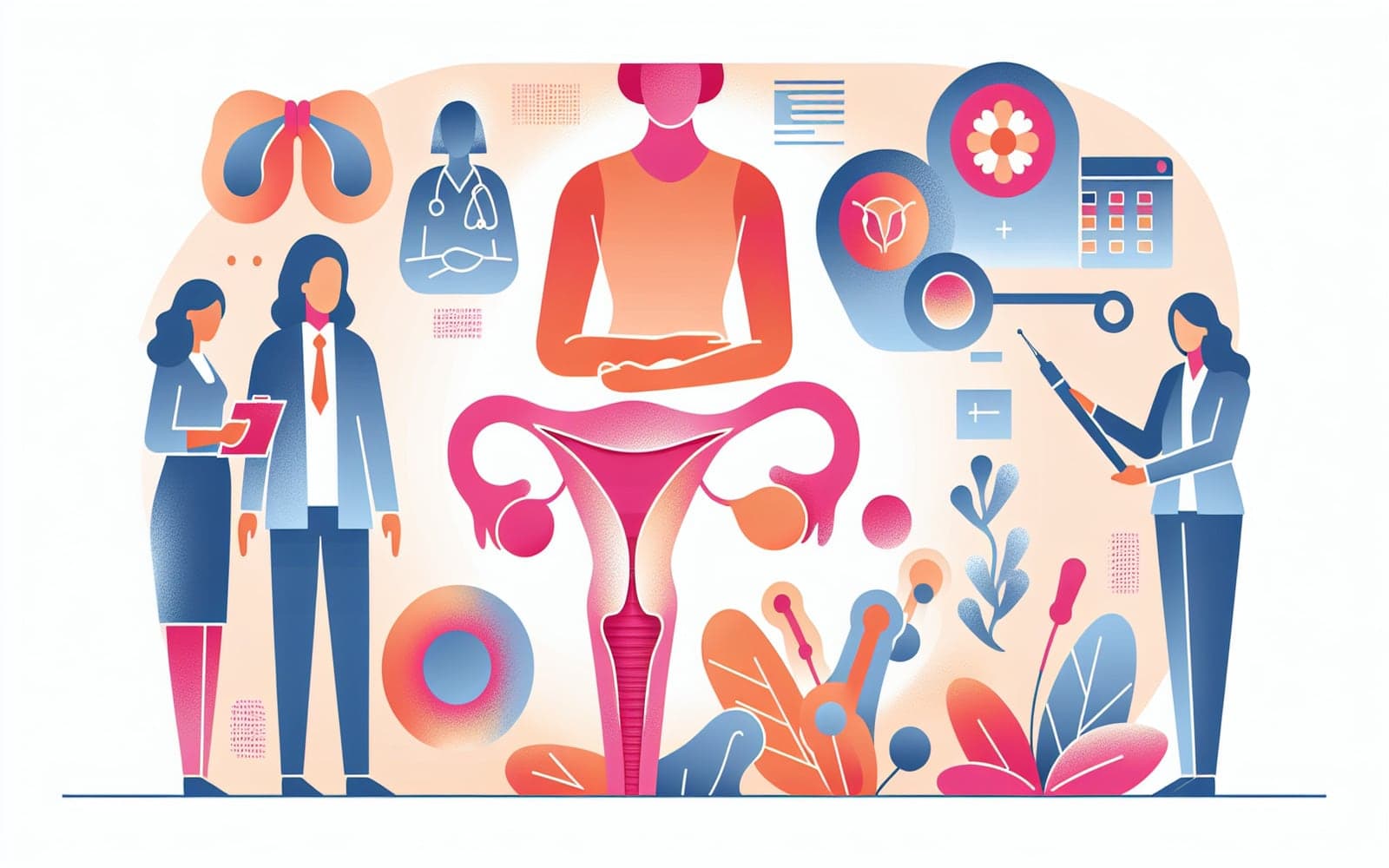Step-by-Step Guide to Treating PID
Published: Aug 03, 2024

Medically reviewed by Alan Lucks | MD, Alan Lucks MDPC Private Practice - New York on August 3rd, 2024.
Effectively treating Pelvic Inflammatory Disease (PID) requires a comprehensive approach. Here's your guide to understanding how treatment works.
Contents
Initial Treatment Strategies
The initial treatment for PID often involves antibiotics that cover a wide range of bacteria. Depending on the severity, treatment may start with intravenous antibiotics in a hospital setting, or oral antibiotics if the patient is stable.
Transitioning to Oral Therapy
Once symptoms improve, patients are usually switched to oral antibiotics to complete a 14-day course. This step is crucial for ensuring the infection is fully eradicated and to prevent recurrence.

Follow-Up Care
Regular follow-ups with healthcare providers are important after initial treatment. This ensures the infection is responding to treatment and helps manage any potential complications that could arise.
Frequently Asked Questions
PID treatment typically begins with antibiotics to target the infection.
Treatment usually lasts 14 days, though it may start with intravenous and then switch to oral antibiotics.
Yes, follow-up ensures the infection has cleared and checks for complications.
Key Takeaways
Following the treatment plan ensures effective recovery from PID.
Try it out with Doctronic's help for managing and treating PID effectively.Related Articles
References
Arredondo JL, Diaz V, Gaitan H, et al. Clindamycin and Ciprofloxacin vs. Ceftriaxone and Doxycycline for PID. Clin Infect Dis 1997; 24:170.
Savaris RF, Fuhrich DG, Maissiat J, et al. Antibiotic therapy for PID. Cochrane Database Syst Rev 2020; 8:CD010285.
This article has been reviewed for accuracy by one of the licensed medical doctors working for Doctronic. Always discuss health information with your healthcare provider.

